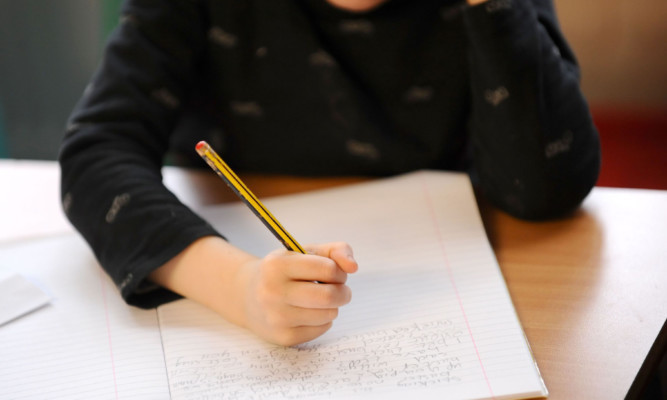Fife Council’s executive director of education Craig Munro has said “radical changes” will be required to balance the council’s budget over the next three years.
In February Fife Council set its budget for 2015-16 and decided to make no savings that directly affect the number of teachers or pupil support auxiliaries.
But with education making up around half of Fife Council’s budget, in a letter to parents and carers Mr Munro made it clear future changes have not been ruled out.
He said: “With reduced funding and increasing demand, Fife Council does need to make some radical changes to balance the budget over the next three years.
“Education makes up half the budget, so it is important that we continue to speak with staff, children and parents across Fife not only about how we continue to improve learning and opportunities for all our young people but also about our future budget challenges.”
Ideas presented for discussion prior to the budget included altering the primary school week, developing school timetabling approaches in secondary schools, creating new leadership models for schools and improving professional development processes.
However, concerns raised by parents included the practical issues of changing the primary school week andthe potential impact of a reduction in the overall time for learning.
Mr Munro said: “The main thinking behind this idea is that the best education systems in the world are seeking to design out interruptions in the learning process, including transition issues and design in professional learning for staff as a way of improving learning.
“We are not suggesting that fewer hours of school would directly lead to better learning, but we do believe that the time spent in school could better support child development and learning.
“Above all, we want to ensure that the system we do develop builds on national and international best practice of how children’s educational outcomes are more likely to improve.
“However, in the light of this feedback we recognise that if the proposal on the school day were to be seriously considered all of these issues would need to be carefully thought through, fully addressed and have the support of the parent groups.”
He added that last year Fife’s children achieved the highest literacy levels ever.
Inspection results continue to be substantially above the national position and are increasingly moving from good to very good.
However, he said Fife Council is ambitious to improve the life chances of all the region’s children, which is why it recently undertook the engagement exercise regarding the future of Fife’s schools.
Mr Munro thanked parents, parent councils and staff for the time spent considering and discussing the ideas and for all of the feedback received, as well as the time and interest shown in the engagement exercise throughout November to early February.
